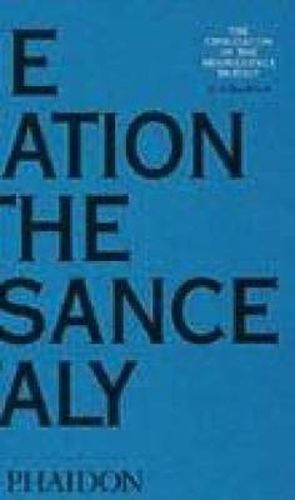Readings Newsletter
Become a Readings Member to make your shopping experience even easier.
Sign in or sign up for free!
You’re not far away from qualifying for FREE standard shipping within Australia
You’ve qualified for FREE standard shipping within Australia
The cart is loading…






Jacob Burckhardt was a scholar who had the gift of being able to combine vast knowledge with a vivid imagination and lively creativity. This book, his contribution to cultural history, was first published in 1860, and has long been recognized as a great work of literature as well as history; its range, powerful style, and breadth of vision make it a classic introduction to the study of the Renaissance, and one that is still a source of inspiration. My starting point has to be a vision,‘ Burckhardt wrote to a friend, “otherwise I cannot do anything. Vision I call not only optical, but also spiritual realization; for instance, historical vision issuing from the old sources. The work covers the period from the birth of Dante to the death of Michelangelo, and is divided into six sections, covering politics, the rise of individualism, the revival of antiquity, science and humanism, society and festivals, and morality and religion. However, these headings do not do justice to the text, nor to the skill with which the author controls his material and unfolds his vision of the developing Renaissance. Within this framework the author gives an account of a whole range of subjects - from literature and the arts to home life, fashion, and superstition - illuminating all aspects of life in the Renaissance.
$9.00 standard shipping within Australia
FREE standard shipping within Australia for orders over $100.00
Express & International shipping calculated at checkout
Jacob Burckhardt was a scholar who had the gift of being able to combine vast knowledge with a vivid imagination and lively creativity. This book, his contribution to cultural history, was first published in 1860, and has long been recognized as a great work of literature as well as history; its range, powerful style, and breadth of vision make it a classic introduction to the study of the Renaissance, and one that is still a source of inspiration. My starting point has to be a vision,‘ Burckhardt wrote to a friend, “otherwise I cannot do anything. Vision I call not only optical, but also spiritual realization; for instance, historical vision issuing from the old sources. The work covers the period from the birth of Dante to the death of Michelangelo, and is divided into six sections, covering politics, the rise of individualism, the revival of antiquity, science and humanism, society and festivals, and morality and religion. However, these headings do not do justice to the text, nor to the skill with which the author controls his material and unfolds his vision of the developing Renaissance. Within this framework the author gives an account of a whole range of subjects - from literature and the arts to home life, fashion, and superstition - illuminating all aspects of life in the Renaissance.